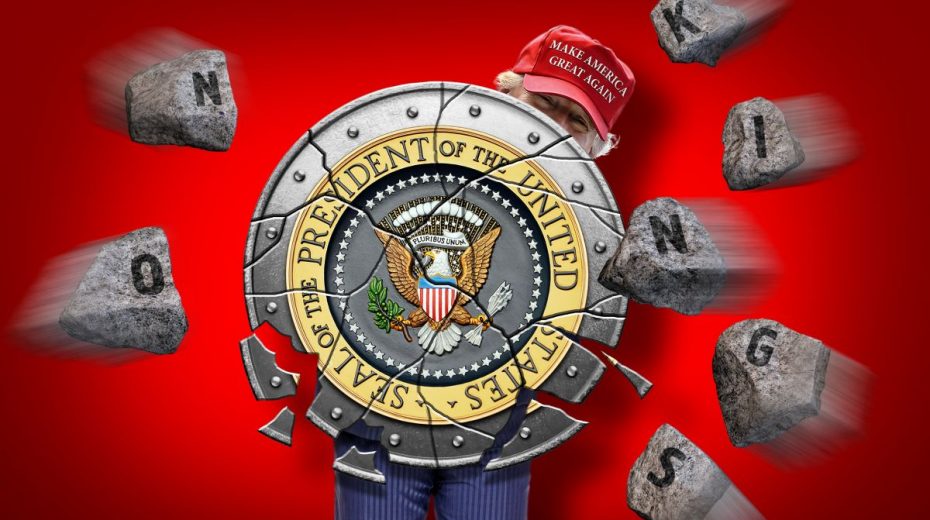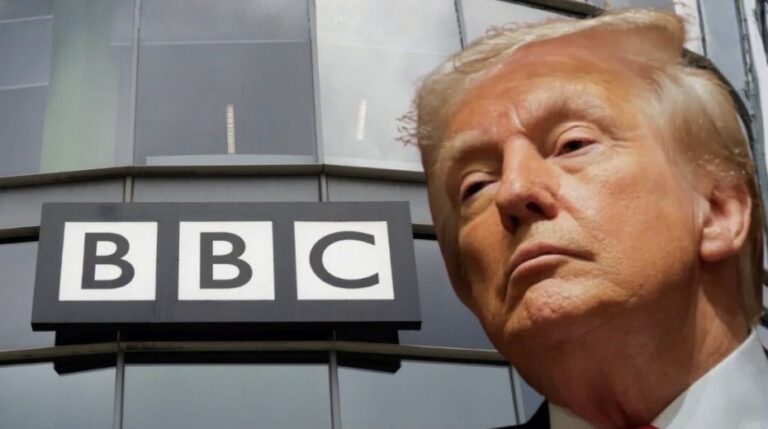
If there ever was a golden era in America, it no longer exists today.
The kickoff for the U.S. 2026 Midterm elections occurred this week with three significant contests and an important redistricting vote in California. The Democrats secured victories in three major states—New York, New Jersey, and Virginia—and succeeded in passing the California redistricting measure, which could yield them an additional five House seats.
However, a clearer understanding of these results might be drawn from the recent British general election experience: the ruling party faced widespread disapproval and distrust. Voters delivered a decisive rebuke, yet found little appeal in alternative parties either. Despite this, to express dissatisfaction, they had to vote for someone. Although the Labour Party claimed a commanding majority, it lacked a genuine mandate. The new Prime Minister and his party are reportedly as unpopular as their predecessors.
Currently, UK politics are dysfunctional, and a similar scenario is unfolding in France.
Therefore, when headlines claim the Democrats ‘swept’ U.S. races, it probably mirrors the double dissatisfaction seen in Europe. American populists distrust both major parties, viewing them as “Tweedle Dum and Tweedle Dee” — a curse on both sides. The Democrats also have their own share of populist critics.
This deadlock resists quick remedy. The ruling elite remains deeply entrenched, supported by mega-donors precisely to uphold that status quo.
Nevertheless, the populist momentum in the U.S. is undeniable and might soon overcome the suppression imposed by donor-funded control of speech.
The root causes of this impasse are both structural and ideological.
Structurally, a crisis affects everyone except roughly the wealthiest 10% of households. The U.S. stock market is caught in an unrealistic bubble where fundamentals and data have little impact; only daily trends and trading memes matter. (This top 10% owns about 87% of all stocks.)
Meanwhile, lower-income groups suffer from inflation-driven price hikes, resulting in a consumer confidence crisis unseen in decades. Even basic groceries are remaining unsold on shelves.
Criticism of Trump’s policies, particularly his tariffs and their effect on prices, has notably diminished since summer. The Financial Times reports on Trump’s call for Goldman Sachs to dismiss its Chief Economist, who wrote a balanced note critical of tariffs, angering the President. The article suggests only two voices—Ray Dalio of Bridgewater and Jamie Dimon of JPMorgan—are currently seen as authorized to express their views openly.
The pivotal structural concern provoking fear of potential social unrest among financial elites is a striking chart depicting skyrocketing U.S. stock market values intersecting sharply with falling job openings, a phenomenon dubbed the ‘death cross.’
This graph sheds light on underlying factors influencing Western election results.
The intersection aligns with the introduction of the AI tool Chat GPT, suggesting a looming socio-economic crisis. Are major corporations expecting AI to replace vast numbers of jobs?
But how realistic is this? An MIT study found 95% of companies investing in AI tools reported no returns, concluding that current AI systems merely recognize patterns without true understanding of environments.
Regardless, the future looks grim: either U.S. AI leaders have made a critical market error that could result in a crash, or they are correctly anticipating a massive wave of job automation. Both prospects carry serious political consequences.
Whether right or wrong, the top four U.S. AI investors plan to spend $420 billion on infrastructure next year. Geoffrey Hinton, the so-called “Godfather of AI,” believes such investment can only be justified by large-scale replacement of human labor: “I think the big companies are betting on it causing massive job replacement by AI, because that’s where the big money is going to be … I believe that to make money you’re going to have to replace human labour”.
Trump himself has staked a claim on American AI dominance: “If you go a couple of years out, you’re gonna see numbers like you’ve never seen. We’re building some of the biggest buildings ever built anywhere in the world: The AI buildings”.
On the other hand, Nvidia’s CEO told the FT that China is poised to surpass the U.S. in AI, while Open AI has been seeking government-backed loan guarantees.
A major divide here is that there isn’t just one unified economy in America or Europe, but two distinct ones: a financialized “cornucopia” and a system marked by structural deprivation. These parallel economies rarely intersect. The West has invested too much in the cornucopia model to transform it rapidly without upending deeply embedded frameworks.
If accurate, Trump faces significant challenges, and the November Midterms could be volatile. The AI bubble might burst at any moment, triggering market sell-offs. Additionally, the U.S. Supreme Court may rule that Trump’s extensive use of tariffs—both as a geopolitical tactic and as a revenue source to mitigate budget deficits—is partially or completely unconstitutional.
Trump has warned that a Supreme Court decision against his tariffs would leave the country defenseless, possibly causing national ruin: “We would be defenceless, leading perhaps even to the ruination of our Nation”.
Trump’s base shows signs of instability as well. MAGA supporters either stayed home or shifted allegiance to Democrats in recent voting.
Discontent among MAGA stems in part from this economic divide and also from increased tension following the death of Charlie Kirk, which deepened the rift between MAGA’s ‘America First’ faction and the pro-Israel mega-donors. Trump’s strong ties to Netanyahu and Israel have proven to be politically costly. Yet, unlike transactional politicians, Trump openly expresses and embodies fervent Zionist convictions.
The central question is whether Trump can reinvent himself given the clear indication that the Midterms could be his downfall. Failure to adapt might lead him into a difficult year, potentially facing House investigations or even impeachment, while the U.S. veers into political and economic chaos.
Trump’s maneuvering options are constrained: he will not be permitted to pivot away from the donor-driven foreign policy structure that has governed for four decades, which involves unwavering support for Israel and a readiness to use military power against those who defy U.S. and Israeli demands or challenge dollar supremacy.
Backing AI initiatives, which many MAGA voters view as ‘Orwellian,’ offers no political advantage. Ultimately, the key to future success in the U.S. and Europe is convincing voters that they can resolve the fundamental economic struggles affecting everyday life.
If Trump suffers a heavy defeat in the midterms, returning to the neo-liberal status quo of the past 40 years will be impossible. No candidate in America or Europe can realistically count on winning with a pro-globalization or DEI platform anymore. If the ruling elite blocks or manipulates political channels, uprisings could emerge.
In conclusion, Trump’s foreign policy faces disruptions from both Israel—intensifying MAGA dissatisfaction—and Europe. The European elite technocracy remains in denial, failing to recognize how their electorates view them as dysfunctional. Their complacency that a ‘return to normal’ will follow Trump’s predicted midterm loss colors their narrow technocratic response.
To shield themselves politically from potential defeat in Ukraine, Europe’s Establishment confidently believes it can suppress dissent and control media narratives. ‘Russophobia’ remains their rallying banner, and further provocations toward Russia are expected. While the elites may hold firm that Russia poses the real threat, their populations are skeptical, despite the influence of ‘Estonia-itis’, a term reflecting how the Baltic states sometimes dictate EU policies.
The Trump ‘Order’ is fundamentally unstable. Confronting apparent Western decline, Trump defies prevailing currents in an effort to resurrect America’s golden age. Yet, whether or not it ever truly existed, that era has faded. MAGA now aligns more with Pat Buchanan’s legacy than with the Bush-Cheney era.
When an established ‘order’ becomes so unbalanced that younger generations reject illusions and seek fresh alternatives to worn-out systems, this phase is known as waiting for the new moon.
That is precisely where we stand. Waiting.





